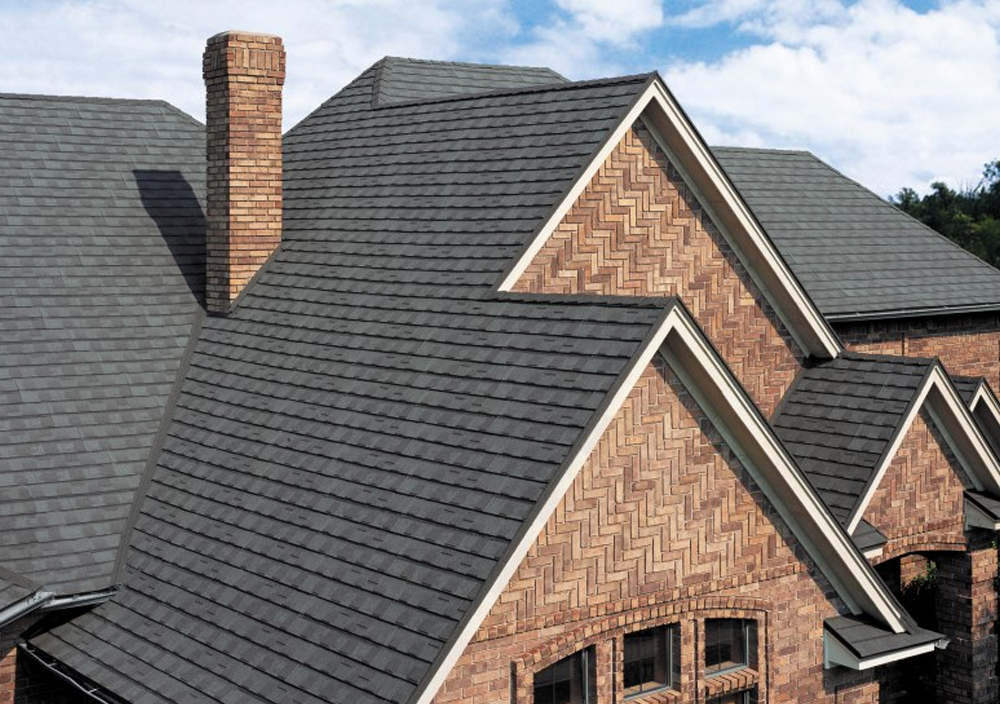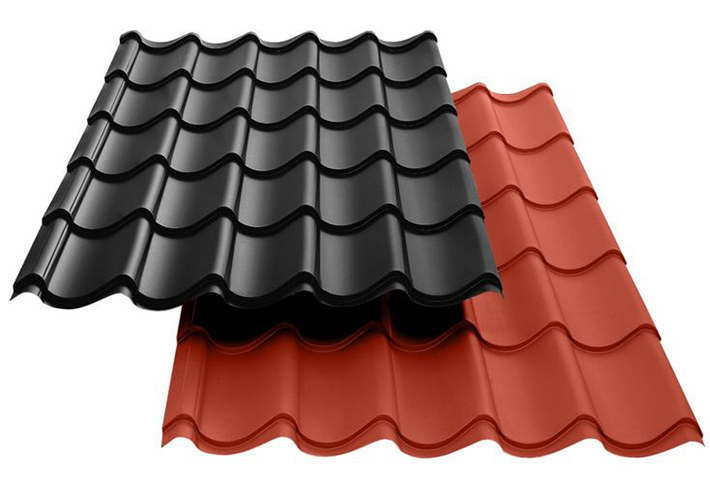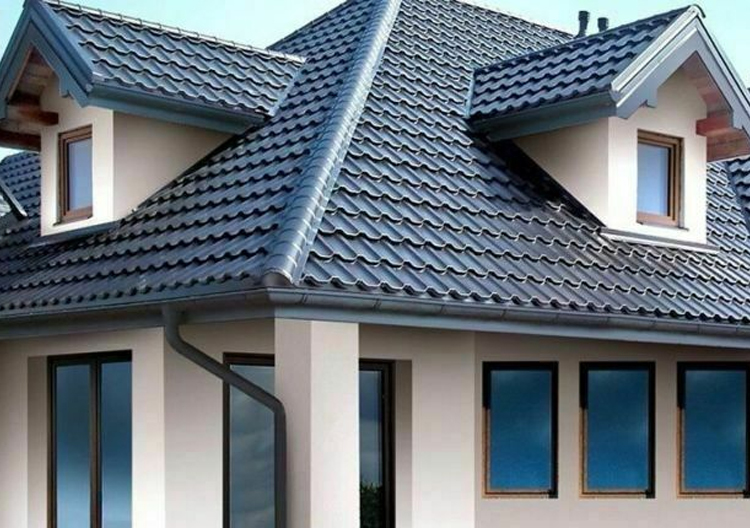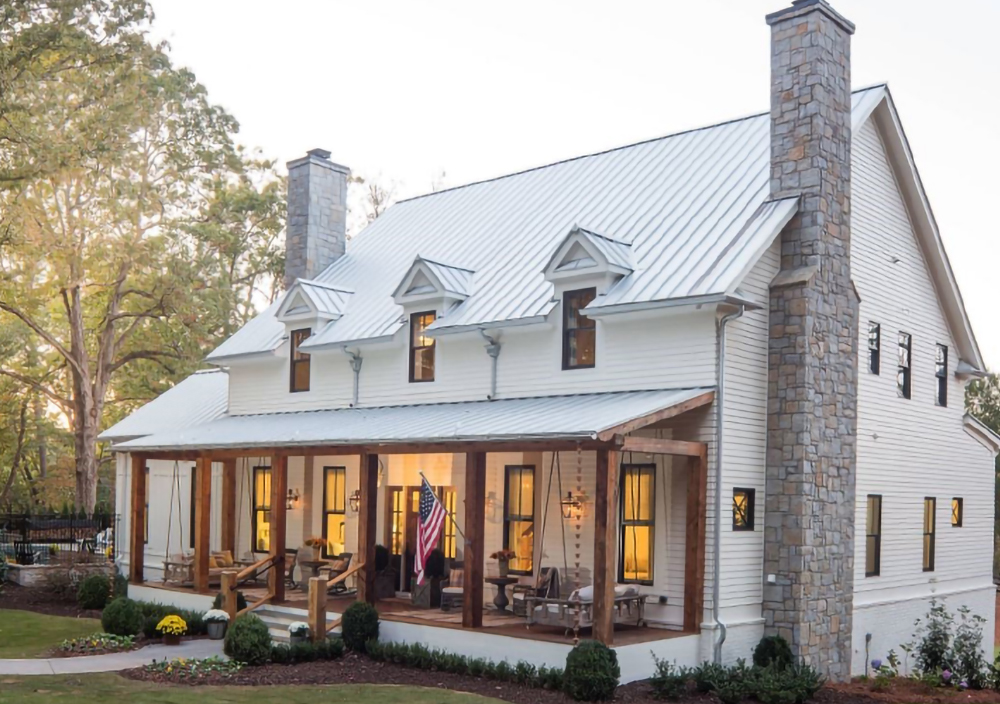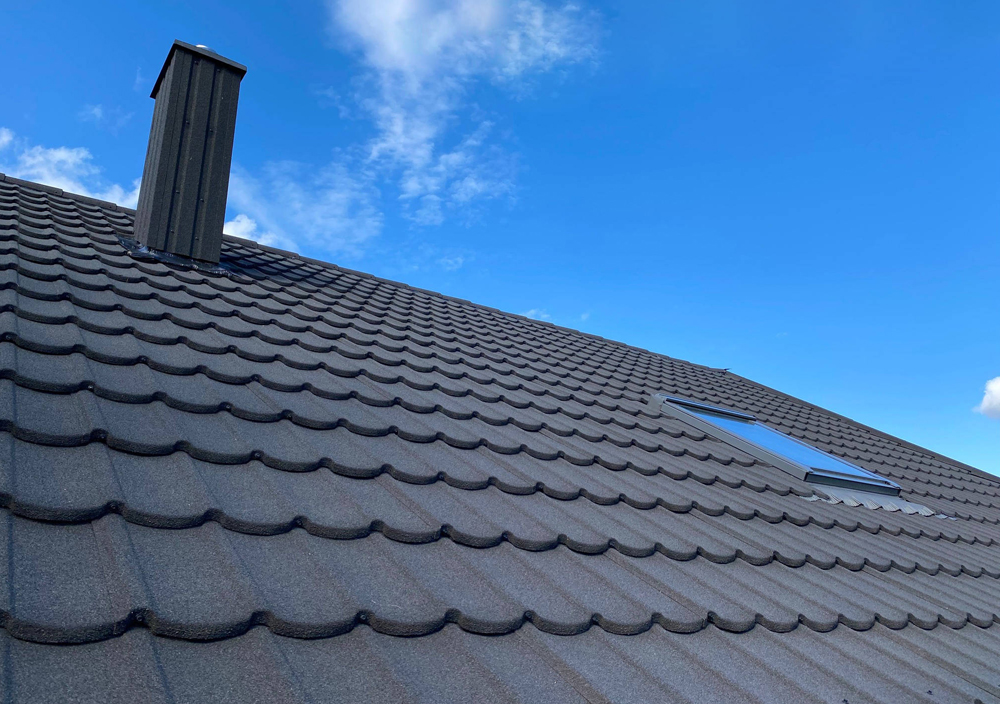When comparing Solar Roofing Tiles and Triple-Arch Solar Tiles, there are several key factors to consider:

1. Design and Aesthetics:
- Solar Roofing Tiles:
- Integration: Designed to mimic the appearance of traditional roofing materials, Solar Roofing Tiles blend with standard roofing options such as asphalt shingles, slate, or clay tiles. This makes them an attractive option for homeowners who prioritize aesthetics.
- Color and Texture: These tiles come in a variety of colors and textures to match different roofing styles, making them versatile in design. However, they often have a slight reflective surface due to the photovoltaic (PV) layer.
- Installation Style: They are typically installed as individual tiles that interlock with adjacent tiles to form a cohesive and watertight roof surface.
- Triple-Arch Solar Tiles:
- Unique Shape: The triple-arch design features three convex curves across the surface of each tile, giving them a distinctive look. This design can add a visually appealing texture to the roof, setting it apart from flat or standard-shaped solar tiles.
- Architectural Interest: The arched design may also complement certain architectural styles, particularly those with curved or flowing lines, such as Mediterranean or Spanish-style homes.
- Color and Finish: These tiles can be produced in a variety of finishes, though the arched shape might limit color options compared to flat solar tiles.
2. Efficiency and Performance:
- Solar Roofing Tiles:
- Efficiency: Depending on the brand and technology used, Solar Roofing Tiles generally offer efficiency levels similar to conventional solar panels. Some may include high-efficiency monocrystalline or polycrystalline silicon cells.
- Temperature Sensitivity: Like other solar products, their efficiency can decrease in extremely hot temperatures. High-quality Solar Roofing Tiles are designed to mitigate this through improved ventilation and materials that dissipate heat.
- Angle of Incidence: These tiles are typically flat, so their efficiency may depend on the roof’s pitch and orientation. They perform best when installed on roofs with optimal sun exposure.
- Triple-Arch Solar Tiles:
- Enhanced Light Capture: The triple-arch design can potentially enhance light capture by allowing the tiles to receive sunlight from multiple angles throughout the day. This can be particularly beneficial in regions with less direct sunlight.
- Self-Cleaning Effect: The curved surface of the arches can encourage rainwater to wash away dust and debris, potentially improving performance over time without frequent manual cleaning.
- Ventilation and Cooling: The arch shape might naturally promote better airflow under the tiles, helping to reduce heat buildup and maintain efficiency in hot climates.
3. Durability and Weather Resistance:
- Solar Roofing Tiles:
- Material Strength: Typically made from durable materials such as tempered glass, advanced polymers, or metal alloys, these tiles are designed to withstand harsh weather conditions, including hail, heavy rain, and high winds.
- Waterproofing: Proper installation ensures that the tiles create a watertight barrier, protecting the home from leaks.
- Longevity: High-quality Solar Roofing Tiles can last 25-30 years or more, often matching or exceeding the lifespan of traditional roofing materials.
- Triple-Arch Solar Tiles:
- Structural Integrity: The arched design can provide additional strength, distributing stress more evenly across the tile. This can make the tiles more resistant to impacts, such as hailstones or falling debris.
- Wind Resistance: The aerodynamic shape of the arches may reduce wind uplift, making these tiles especially suited for regions prone to strong winds or hurricanes.
- Water Shedding: The curved surface naturally channels water away, reducing the risk of water pooling and leaks. This design is particularly advantageous in heavy rainfall areas.
4. Installation and Maintenance:
- Solar Roofing Tiles:
- Installation Complexity: These tiles require skilled labor for installation, as they must be integrated with the roof’s underlayment and structural supports. The installation process is more time-consuming compared to laying traditional solar panels on an existing roof.
- Maintenance: Regular maintenance is necessary to ensure optimal performance. This includes cleaning the tiles to remove dirt, leaves, and other debris, as well as inspecting for any damage.
- Replacement: If a tile is damaged, it can typically be replaced individually without affecting the rest of the system.
- Triple-Arch Solar Tiles:
- Specialized Installation: Due to their unique shape, these tiles may require installers with specific expertise. The curved design could complicate the installation process, particularly at roof edges and intersections.
- Maintenance Considerations: While the arched shape may reduce the need for frequent cleaning, any accumulated debris in the valleys between arches could require attention to prevent performance degradation.
- Repair and Replacement: Replacing an arched tile may be more challenging than a flat tile, as the curved shape could make matching and fitting replacement tiles more complex.
5. Cost:
- Solar Roofing Tiles:
- Initial Investment: Solar Roofing Tiles are generally more expensive than traditional solar panels, reflecting their dual function as both a roofing material and a solar energy generator. The cost also includes the specialized installation process.
- Long-Term Value: Despite the higher upfront cost, these tiles can add value to a property by reducing energy bills and potentially qualifying for solar incentives or tax credits.
- Warranty: Many manufacturers offer long warranties, often covering the tiles for 25 years or more, providing peace of mind for the investment.
- Triple-Arch Solar Tiles:
- Higher Cost: The unique design and potential need for specialized installation could increase the cost further compared to standard Solar Roofing Tiles. The materials used might also be more expensive due to the structural demands of the arched design.
- Long-Term Efficiency Gains: The improved light capture and durability might offset the initial cost over time, particularly in regions with challenging weather conditions or suboptimal sunlight.
- Availability and Market Niche: These tiles might be available from fewer manufacturers, leading to higher prices due to limited production and supply chain factors.
6. Market Availability and Options:
- Solar Roofing Tiles:
- Broad Market Presence: Many major solar manufacturers offer Solar Roofing Tiles, with various options tailored to different climates and architectural styles. Tesla’s Solar Roof is one of the most well-known examples, but other companies, particularly in Europe and Asia, also offer competitive products.
- Customization: Some manufacturers provide custom options to match specific roofing materials or to meet particular aesthetic preferences.
- Triple-Arch Solar Tiles:
- Specialized Market: These tiles are less common and may be produced by niche or specialized manufacturers. Their availability might be limited to certain regions or custom projects.
- Architectural Focus: Due to their unique design, these tiles might appeal more to architects or homeowners looking for a distinct roof that offers both functionality and a standout appearance.
Conclusion:

Solar Roofing Tiles are a versatile and widely available option that offers a balance of aesthetics, performance, and integration into traditional roofing designs. They are suitable for homeowners who want a seamless solar solution that doesn’t compromise the look of their home.
Triple-Arch Solar Tiles, on the other hand, offer a unique combination of enhanced durability, potential efficiency gains, and architectural appeal. They might be more costly and complex to install, but they could be an excellent choice for those in regions with harsh weather conditions or for projects that prioritize design innovation.
The choice between these two options will depend on factors such as the specific aesthetic and performance needs, budget, and the complexity of the roof design.
